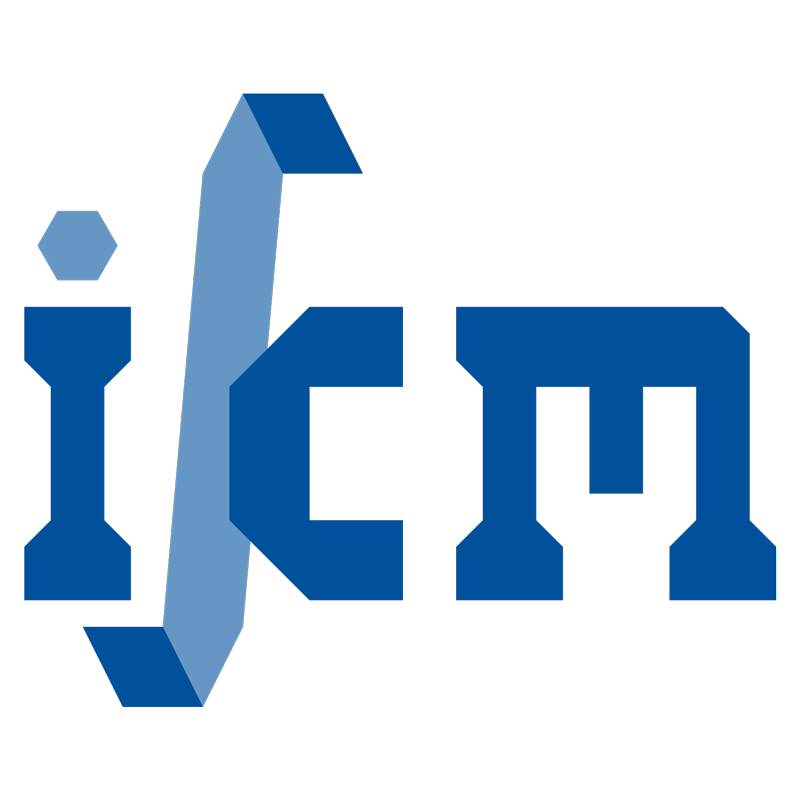A Sharp-Interface Model of the Diffusive Phase Transformation in a Nickel-Based Superalloy
- verfasst von
- Lukas Munk, Silvia Reschka, Hans Jürgen Maier, Peter Wriggers, Stefan Löhnert
- Abstract
A sharp-interface model employing the extended finite element method is presented. It is designed to capture the prominent (Formula presented.) - (Formula presented.) phase transformation in nickel-based superalloys. The novel combination of crystal plasticity and sharp-interface theory outlines a good modeling alternative to approaches based on the Cahn–Hilliard equation. The transformation is driven by diffusion of solute (Formula presented.) -forming elements in the (Formula presented.) -phase. Boundary conditions for the diffusion problem are computed by the stress-modified Gibbs–Thomson equation. The normal mass balance of solute atoms at the interface yields the normal interface velocity, which is integrated in time by a level set procedure. In order to capture the influence of dislocation glide and climb on interface motion, a crystal plasticity model is assumed to describe the constitutive behaviour of the (Formula presented.) -phase. Cuboidal equilibrium shapes and Ostwald ripening can be reproduced. According to the model, in low (Formula presented.) volume-fraction alloys with separated (Formula presented.) -precipitates, interface movement does not have a significant effect on tensile creep behaviour at various lattice orientations.
- Organisationseinheit(en)
-
Institut für Werkstoffkunde
Institut für Kontinuumsmechanik
- Externe Organisation(en)
-
Technische Universität Dresden
- Typ
- Artikel
- Journal
- Metals
- Band
- 12
- ISSN
- 2075-4701
- Publikationsdatum
- 08.2022
- Publikationsstatus
- Veröffentlicht
- Peer-reviewed
- Ja
- ASJC Scopus Sachgebiete
- Allgemeine Materialwissenschaften, Metalle und Legierungen
- Elektronische Version(en)
-
https://doi.org/10.3390/met12081261 (Zugang:
Offen)


